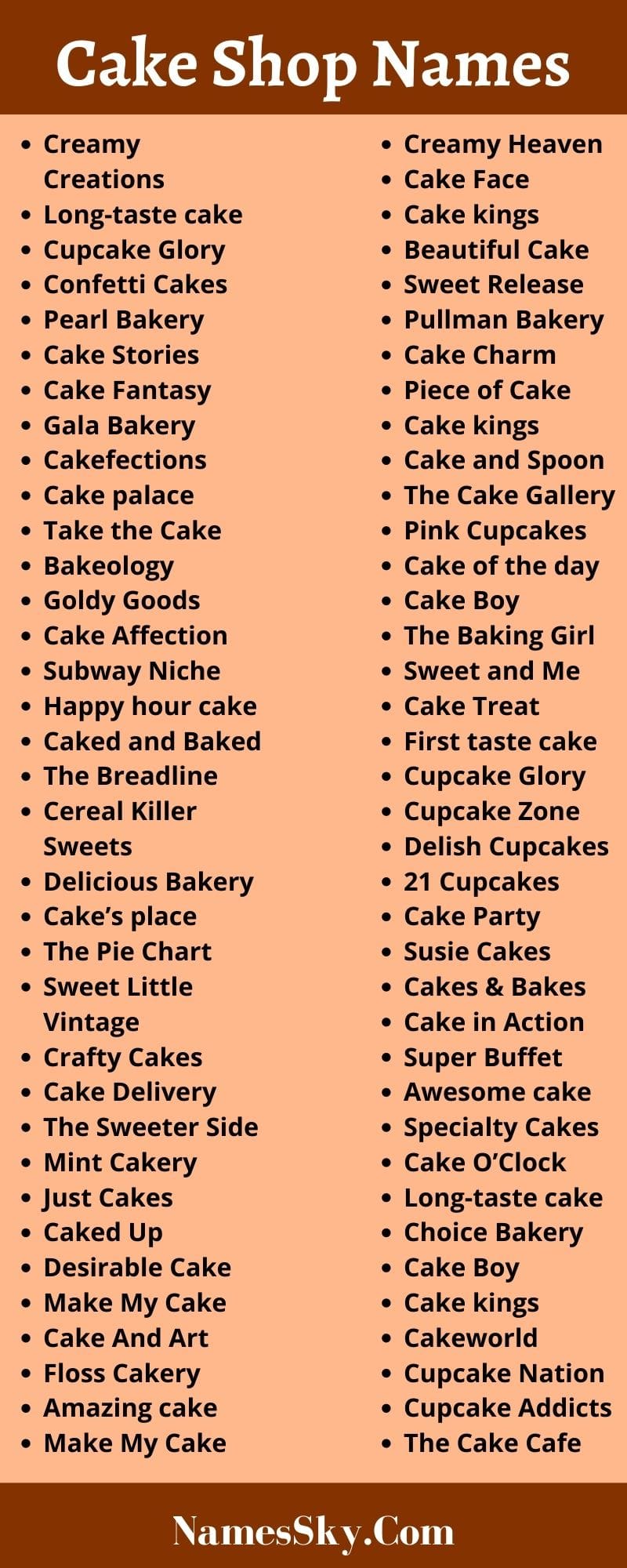Sponsorship Email Format
Navigating the Realm of Sponsorship Emails: A Comprehensive Guide
In the realm of digital communication, sponsorship emails have emerged as a pivotal tool for businesses and individuals seeking to forge strategic partnerships. These emails serve as a conduit for proposing collaborations, negotiating terms, and ultimately, securing sponsorships. However, crafting an effective sponsorship email is an art that requires finesse, strategy, and a deep understanding of the recipient’s needs and preferences.
Understanding the Anatomy of a Sponsorship Email
Before delving into the intricacies of crafting the perfect sponsorship email, it’s essential to comprehend its fundamental components. A standard sponsorship email format includes:
- Introduction: A brief yet compelling introduction that sets the tone for the email. This segment should ideally include a personal address, areference to a previous interaction or common acquaintance, and an immediate expression of the email’s purpose.
- Proposal Overview: A concise summary of the sponsorship proposal, highlighting the key aspects of the project, event, or initiative. This section should captivate the reader’s interest, underscore the potential for mutual benefit, and encourage them to read further.
- Benefits and Value Proposition: A detailed explanation of how the proposed sponsorship aligns with the recipient’s interests and objectives. This could encompass brand awareness, access to a specific audience, community engagement, or strategic networking opportunities.
- Sponsorship Packages and Terms: A clear outline of the available sponsorship options, including the respective benefits, responsibilities, and financial commitments. Transparency and flexibility in this section can significantly influence the recipient’s decision-making process.
- Call to Action: A direct and actionable invitation for the recipient to respond, schedule a meeting, or proceed with the next steps. This could be followed by a professional closing, contact information, and possibly, an attachment or link to supplementary materials.
- Conclusion and Follow-up: A polite expression of gratitude for the recipient’s time and consideration, accompanied by a mention of a potential follow-up to discuss the proposal in more detail.
Crafting the Perfect Sponsorship Email: Strategies and Tips
Given the competitive nature of securing sponsorships, it’s crucial to differentiate your email from the multitude of generic proposals that flood inboxes daily. Here are several strategies and tips to enhance the effectiveness of your sponsorship email:
- Personalization: Address the recipient by their name and tailor the content to reflect your knowledge of their brand, values, and previous sponsorship engagements. This personalized approach demonstrates your genuine interest and increases the likelihood of a positive response.
- Subject Line Optimization: Craft a subject line that is both captivating and informative. It should pique the recipient’s curiosity without being overly promotional or generic. A well-designed subject line can significantly improve the email’s open rate.
- Content Quality and Relevance: Ensure that the email content is engaging, concise, and free of grammatical errors. Use compelling narratives, statistics, or testimonials to illustrate the potential return on investment and the alignment of the sponsorship with the recipient’s goals.
- Visual Elements and Attachments: Incorporate relevant visuals, such as images, infographics, or videos, to break up the text and provide additional context. Attachments, like sponsorship brochures or proposal documents, should be concise, well-formatted, and easily accessible.
- Timing and Follow-up: Consider the timing of your email, avoiding periods of high workload or seasonal breaks. A polite follow-up email or phone call can help keep your proposal top of mind and demonstrate your enthusiasm for the potential partnership.
Overcoming Common Challenges and Obstacles
Despite the best efforts, sponsorship emails often face challenges such as low response rates, lack of interest, or unrealistic expectations. To overcome these hurdles, consider the following:
- Market Research and Segmentation: Conduct thorough market research to identify potential sponsors whose interests and objectives closely align with your proposal. Segment your mailing list to ensure that each email is targeted and relevant to the recipient.
- Unique Selling Proposition (USP): Clearly define and communicate your USP, highlighting what sets your project or event apart from others. This distinct value proposition can significantly enhance your appeal to potential sponsors.
- Flexibility and Adaptability: Be prepared to negotiate and adapt your proposal based on feedback and the evolving needs of potential sponsors. Demonstrating flexibility can foster a sense of mutual respect and cooperation.
Conclusion and Future Directions
In conclusion, the art of crafting a compelling sponsorship email is multifaceted, requiring a blend of creativity, strategic thinking, and understanding of the recipient’s perspectives. By tailoring your approach, enhancing the quality and relevance of your content, and embracing flexibility, you can significantly increase the effectiveness of your sponsorship emails. As the digital landscape continues to evolve, staying abreast of the latest trends, best practices, and technological advancements will be crucial in securing sponsorships and fostering successful partnerships.
FAQ Section
What are the key elements of a successful sponsorship email?
+A successful sponsorship email should include a personalized introduction, a clear proposal overview, a detailed explanation of the benefits and value proposition, a concise outline of the sponsorship packages and terms, and a direct call to action.
How can I increase the effectiveness of my sponsorship email?
+To increase the effectiveness of your sponsorship email, consider personalizing the content, optimizing the subject line, ensuring high content quality and relevance, incorporating visual elements and attachments, and timing your email strategically with a well-planned follow-up.
What are the common challenges faced by sponsorship emails, and how can they be overcome?
+Common challenges include low response rates, lack of interest, and unrealistic expectations. These can be overcome by conducting thorough market research, defining a unique selling proposition, and demonstrating flexibility and adaptability in negotiations and proposal adaptations.
